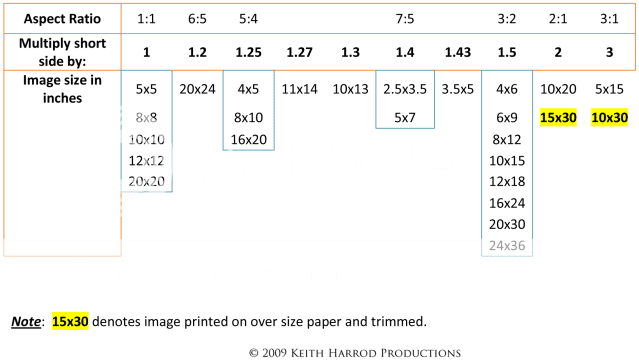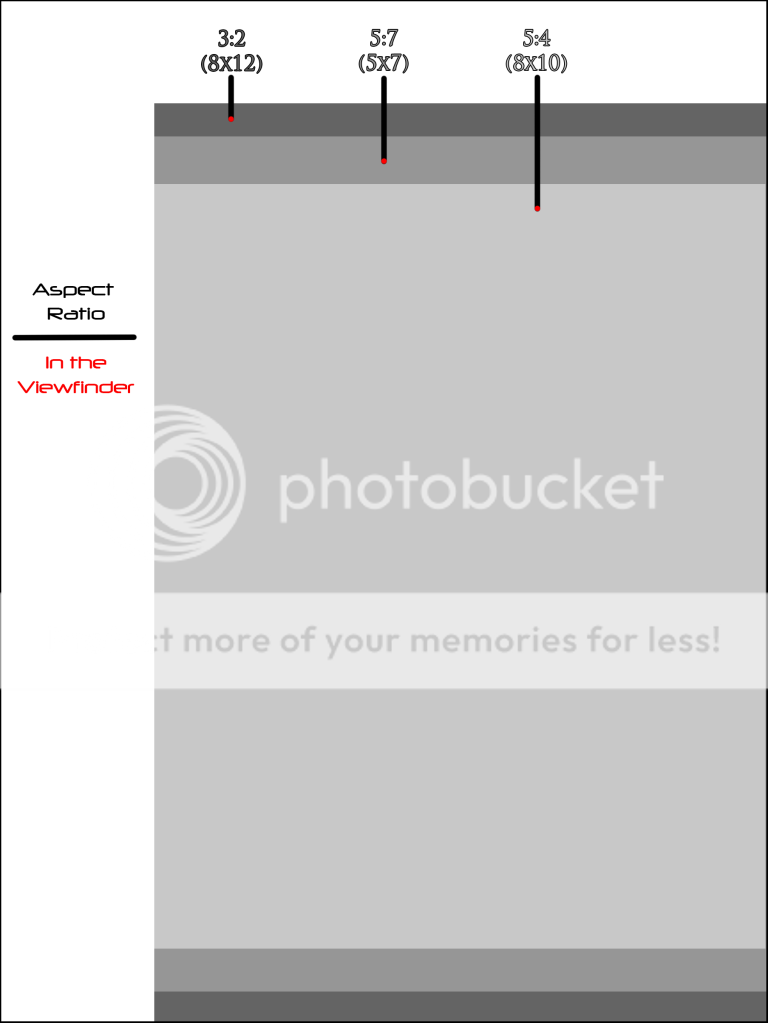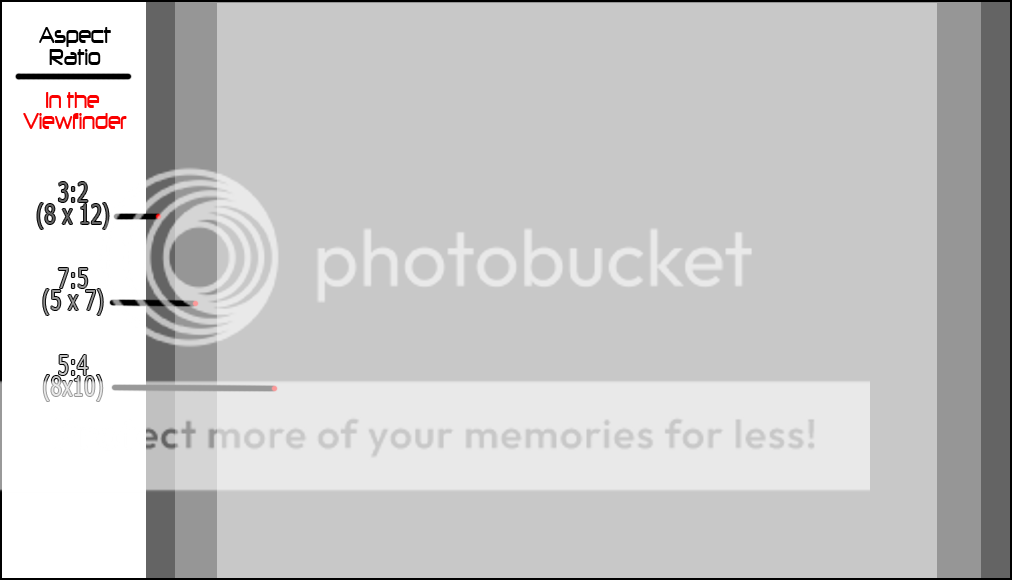minister
TPF Noob!
- Joined
- Jul 7, 2010
- Messages
- 192
- Reaction score
- 8
- Location
- Delhi
- Can others edit my Photos
- Photos OK to edit
Hi,
some body can make me understand aspect ratio ,
what ever I have read is about 3:2 aspect ratio is to print on 4*6 size print
but i want to know what if I don't want 4*6 print but any so what aspect ratio should I follow and how will I handle in camera ,
I know I am missing something here please explain how to maintain a aspect ratio so that I can have any choice while print and also looks good on monitor
some body can make me understand aspect ratio ,
what ever I have read is about 3:2 aspect ratio is to print on 4*6 size print
but i want to know what if I don't want 4*6 print but any so what aspect ratio should I follow and how will I handle in camera ,
I know I am missing something here please explain how to maintain a aspect ratio so that I can have any choice while print and also looks good on monitor





![[No title]](/data/xfmg/thumbnail/37/37605-90c8efaef5b7d1f52d4bf8e7dfd33673.jpg?1734170732)

![[No title]](/data/xfmg/thumbnail/42/42015-c5cdef195e2aab7b272f0c03437c42c4.jpg?1734176396)





![[No title]](/data/xfmg/thumbnail/42/42017-05f80a89ca2890969b5dc7cc47872581.jpg?1734176398)

